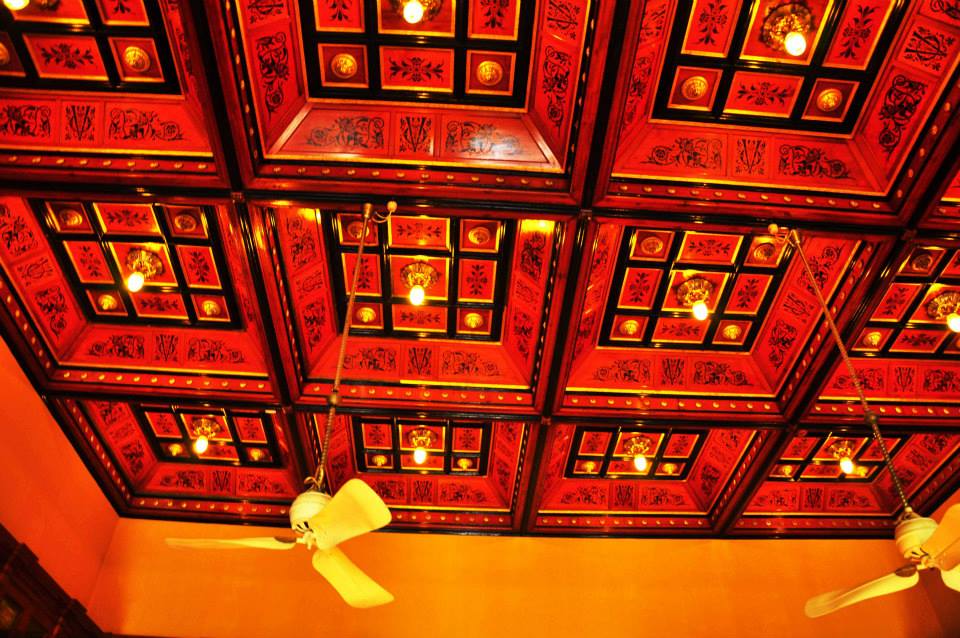The Milwaukee Art Museum is an art museum with a collection of over 30,000 works of art serving over 350,000 visitors a year. The campus of three buildings is located on Lake Michigan in Milwaukee, Wisconsin. The Museum's stated mission is to "collect and preserve art, presenting it to the community as a vital source of inspiration and education".
The 341,000-square-foot (31,700 m2) Museum includes the War Memorial Center (1957) designed by Finnish-American architect Eero Saarinen, the Kahler Building (1975) by David Kahler, and the Quadracci Pavilion (2001) created by Spanish architect Santiago Calatrava. The Reiman Bridge, also designed by Calatrava, connects to the pavilion and provides pedestrian access to and from down town Milwaukee.
From its roots in Milwaukee's first art gallery in 1888, the Museum has grown today to be an icon for Milwaukee and a resource for the entire state.
War Memorial Center
The War Memorial Center, completed in 1957, was designed by Finnish-American architect Eero Saarinen to create a new home for two previously separate art collections and a veterans’ memorial. The modernist building is shaped like a floating cross, with wings cantilevered from a central base. Saarinen’s innovative design won praise for its dramatic use of space; Time magazine called it “one of the country’s finest examples of modern architecture put to work for civic purposes.”
Quadracci Pavilion
The graceful Quadracci Pavilion is a sculptural, postmodern addition designed by Spanish architect Santiago Calatrava. Highlights of the building are the magnificent cathedral-like space of Windhover Hall, with a vaulted a 90-foot-high glass ceiling; the Burke Brise Soleil, a moveable sunscreen with a 217-foot wingspan that unfolds and folds twice daily; and the Reiman Bridge, a pedestrian suspension bridge that connects the Museum to the city.
A 1975 addition had increased space five-fold, but the Museum remained hidden from public view on the lower floors of the War Memorial Center. A $10 million then-anonymous gift from Betty and Harry Quadracci kicked off a capital campaign.
In 1994, the Museum’s search committee convinced Santiago Calatrava to submit a proposal and was wowed by his creative design. Calatrava, inspired by the “dramatic, original building by Eero Saarinen, …the topography of the city” and Frank Lloyd Wright’s Prairie-style architecture, initially proposed a small addition, with a pedestrian bridge connecting the Museum to downtown. As excitement over the project grew, fundraising accelerated and the project evolved, with the architect and Museum trustees sharing ideas.
The 142,050-square-foot Quadracci Pavilion was planned to primarily contain public spaces—a reception hall, auditorium, café, store, and parking, plus 10,000 square feet of flexible space for temporary exhibitions. Calatrava later said, “I had clients who truly wanted from me the best architecture that I could do. Their ambition was to create something exceptional for their community…. Thanks to them, this project responds to the culture of the lake: the sailboats, the weather, the sense of motion and change.”
The structure incorporates both cutting-edge technology and old-world craftsmanship. The hand-built structure was made largely by pouring concrete into one-of-a-kind wooden forms. It is a building that could have only been done in a city with Milwaukee’s strong craft tradition.
Architecture highlights
Windhover Hall is the grand entrance hall for the Quadracci Pavilion. It is Santiago Calatrava’s postmodern interpretation of a Gothic Cathedral, complete with flying buttresses, pointed arches, ribbed vaults, and a central nave topped by a 90-foot-high glass roof. An average-sized, two-story family home would fit comfortably inside the reception hall.
The hall’s chancel is shaped like the prow of a ship, with floor-to-ceiling windows looking over Lake Michigan. Adjoining the central hall are two tow-arched promenades, the Baumgartner Galleria and Schroeder Foundation Galleria, with expansive views of the lake and downtown.
The Museum’s signature wings, the Burke Brise Soleil, form a moveable sunscreen with a 217-foot wingspan. The brise soleil is made up of 72 steel fins, ranging in length from 26 to 105 feet. The entire structure weighs 90 tons. It takes 3.5 minutes for the wings to open or close. Sensors on the fins continually monitor wind speed and direction; whenever winds exceed 23 mph for more than 3 seconds, the wings close automatically.
According to Santiago Calatrava, “in the crowning element of the brise soleil, the building’s form is at once formal (completing the composition), functional (controlling the level of light), symbolic (opening to welcome visitors), and iconic (creating a memorable image for the Museum and the city).”
Cudahy Gardens
The Museum grounds were redesigned in conjunction with the Quadracci Pavilion, with a network of gardens, plazas, and fountains created by landscape architect Dan Kiley to parallel the addition. Kiley was known for his formal geometric approach to landscape design. His understated Cudahy Gardens use a grid of lawns divided by hedgerows and linear fountains to create a forecourt for the Museum. Kiley’s plan for the entrance plaza was inspired by the clean lines of Calatrava’s work, intended to synthesize the dynamics of the city, the building, and the natural environment.
The Museum offers works in various permanent Collection galleries, as well as a variety of changing special exhibitions throughout the year.
Address-
Milwaukee Art Museum
700 N. Art Museum Drive, Milwaukee, WI 53202
Phone: 414-224-3200
Fax: 414-271-7588
Email: mam@mam.org
Museum Hours
Open Tuesday–Sunday, 10 AM–5 PM
Thu until 8 PM
Closed Mondays (Open Mondays, Memorial Day–Labor Day)
Closed Thanksgiving Day & December 25th
for further details & booking-
visit- http://mam.org/visit/








































